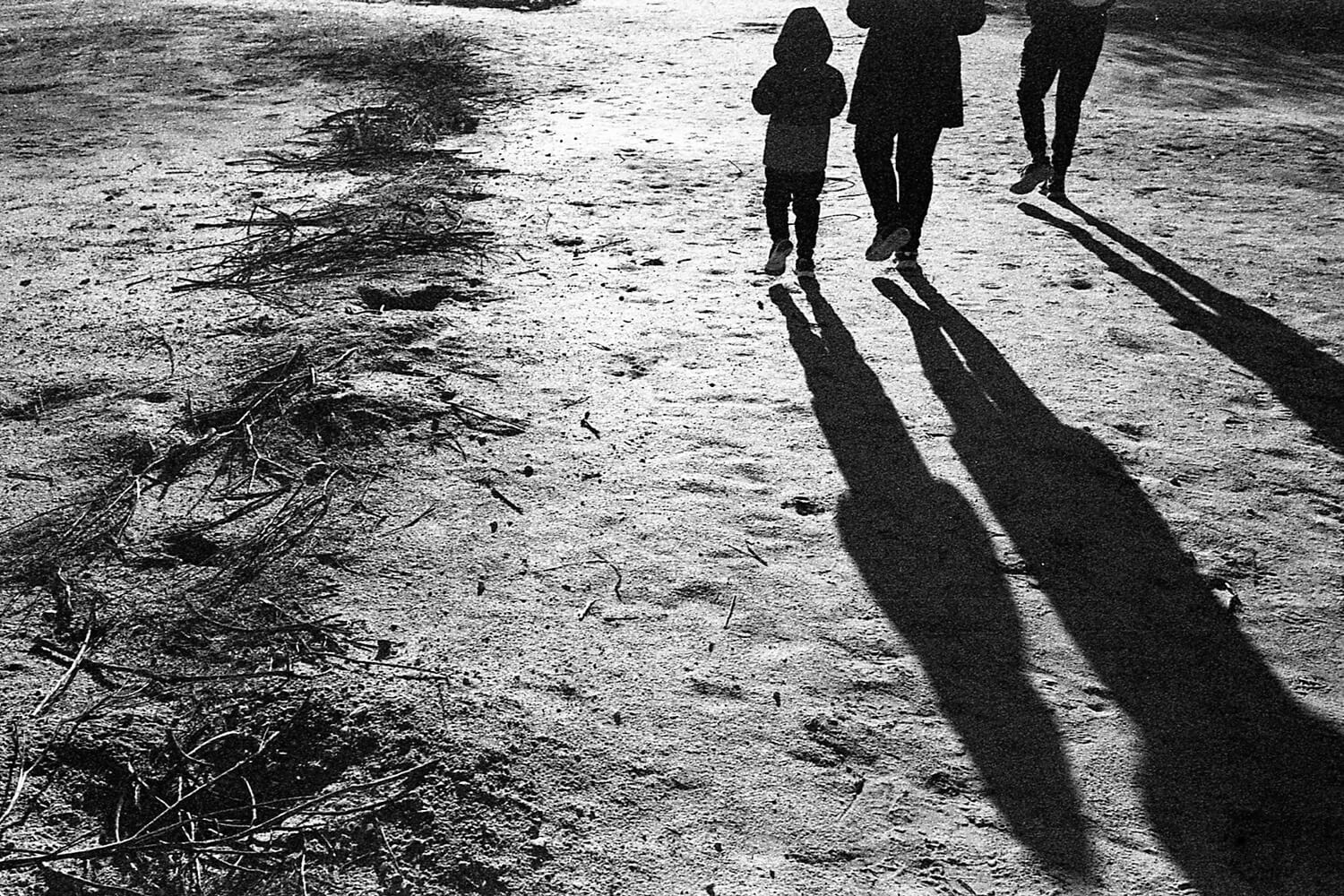To begin with, it is always difficult to refer to a particular combination of camera, developer, and film that one is not used to using regularly, but I think for sure that this one is certainly worth taking a look at; the developer FX-37 in combination with ILFORD HP5 PLUS.
Certainly, and as I imagine some of you know, this formula is optimized for tubular grain films such as Kodak’s T-MAX or ILFORD’s Delta, and not much is said about its uses with traditional grain films such as the classic HP5. Well, the time has come to give this combination a try and see some of the results that can be obtained with this combination. But first, let’s talk a little about the author of this formula, the great Geoffrey Crawley.
I imagine that those who have been developing their own films for some time have heard more than once the name of Geoffrey Crawley, author of famous formulas such as the commercialized FX-39 by Adox or some others marketed by Paterson at the time, currently most can only be used if you decide to prepare your own formulas in your darkroom.


This time I used my favorite camera of the last time, my beloved Nikon F2, equipped with a Nikkor 35mm f/2.8 AI lens. I have to mention that I had such a crush on this camera that it totally displaced my faithful travel companion, the Leica M3, but okay. The images that came out of this camera fully meet the description of FX-37 when used with traditional grain films, that is the grain is visible and present at all times, but if there is something that totally surprised me and it is the increase in the speed of the film that in my opinion and without being an expert on the subject is 1-stop over box speed now.



I have to mention something regarding the grain in the use of this formula and it seems that it prints much better than it does when scanned as I had the opportunity to make a few copies in my darkroom and the grain while visible and there is a high level of sharpness to the overall image is not as apparent as when scanned straight from the negative, also, this formula does a job on the highlights that prevents them from blown up, but it certainly generates a look to the image that you either like or hate.
Another point to mention is that it is a developer with a certain degree of economy since it is used in a standard dilution of 1+3, something quite good if that is what you are looking for. The photos were taken in different places in Tucson Arizona. all the photographs were scanned directly from the negatives and have no post-production except dust removal from the scanner. The scanner used was an Epson v600.
~ Emilio
Submit your 5 Frames… today
Get your own 5 Frames featured by submitting your article using this form or by sending an email via the contact link at the top of the page.
Share your knowledge, story or project
The transfer of knowledge across the film photography community is the heart of EMULSIVE. You can add your support by contributing your thoughts, work, experiences and ideas to inspire the hundreds of thousands of people who read these pages each month. Check out the submission guide here.
If you like what you’re reading you can also help this passion project by heading over to the EMULSIVE Patreon page and contributing as little as a dollar a month. There’s also print and apparel over at Society 6, currently showcasing over two dozen t-shirt designs and over a dozen unique photographs available for purchase.







